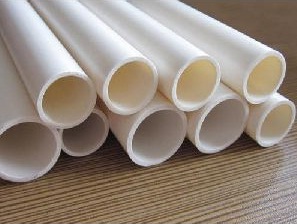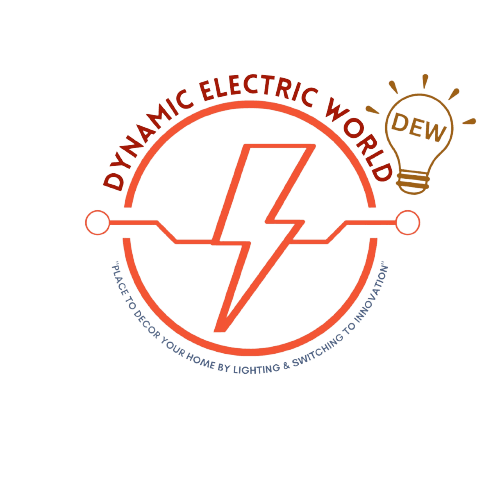Electrical Wiring Pipe Installation Tips

Efficient electrical wiring is the backbone of any modern home or building. Whether renovating, constructing, or upgrading your electrical system, understanding the intricacies of electrical wiring pipe installation is crucial. This comprehensive guide will explore expert tips and techniques to ensure a seamless and safe electrical wiring pipe setup.
- Choose the Right Conduit: The first step towards a successful installation is to select the appropriate conduit for your electrical wiring. Consider factors like the environment, wiring layout, and code requirements when choosing between PVC, metal, or flexible conduit options. PVC conduits are ideal for indoor applications, while metal conduits offer enhanced protection and durability for outdoor installations.
- Plan Your Route: Before diving into the installation process, meticulously plan the route of your electrical wiring pipes. Consider the location of electrical outlets, switches, and fixtures to determine the most efficient and aesthetically pleasing pathway. Avoid sharp bends and tight angles that could impede the flow of wires and make future maintenance challenging.
- Measure Twice, Cut Once: Precision is essential when cutting electrical wiring pipes to size. Use measuring tape and a sharp cutting tool to ensure accurate cuts without damaging the conduit. Remember to account for fittings and connectors when determining the length of each pipe segment. It’s always better to double-check your measurements before making cuts to avoid waste and errors.
- Secure Properly: Proper support and anchoring are essential to prevent electrical wiring pipes from sagging or shifting over time. Install pipe straps or clamps regularly to secure the conduits to walls, ceilings, or structural members. Pay attention to load-bearing considerations and ensure that the supports are compatible with the type and weight of the conduit.
- Mind the Bends: Bending electrical wiring pipes requires precision and finesse to maintain the integrity of the conduit and protect the wires inside. Use a conduit bending tool or a hot box to achieve smooth, gradual bends without kinking or distorting the pipe. Follow manufacturer guidelines and local code requirements for minimum bend radius and angle limitations.
- Seal and Protect: Proper sealing and protection are critical to safeguarding electrical wiring pipes against moisture, dust, and external elements. Seal conduit joints and connections with approved sealing compounds or tape to prevent water ingress and corrosion. Consider installing bushings or grommets at entry points to protect wires from sharp edges and abrasion.
- Label and Organize: Maintaining clear and organized labelling throughout the electrical wiring pipe installation process is essential for future troubleshooting and maintenance. Use durable, weather-resistant labels to identify conduit contents, circuit numbers, and other pertinent information. Organize conduits systematically to facilitate easy access and minimize confusion.
- Test and Inspect: Once the electrical wiring pipe installation is complete, thorough testing and inspection are necessary to ensure compliance with safety standards and regulations. Conduct continuity tests, insulation resistance tests, and voltage checks to verify the integrity and functionality of the wiring system—schedule inspections by qualified professionals to identify any potential issues and address them promptly.
- Document and Record: Documenting the details of your electrical wiring pipe installation is crucial for future reference and documentation purposes. Keep comprehensive records of conduit layouts, wiring diagrams, test results, and any modifications made during installation. Maintain digital and hard copies of relevant documents in a secure and accessible location for easy retrieval.
- Stay Informed and Updated: Lastly, stay informed about the latest advancements, trends, and regulations in the field of electrical wiring pipe installation. Regularly review and update your installation techniques to ensure compliance with evolving standards and best practices.
Conclusion: Mastering electrical wiring pipe installation requires careful planning, precision execution, and adherence to safety protocols. By following expert tips and techniques, you can achieve a seamless and efficient wiring setup that meets the highest standards of quality and reliability. Whether you’re a seasoned professional or a DIY enthusiast, investing time and effort in mastering electrical wiring pipe installation will pay dividends in the long run.
